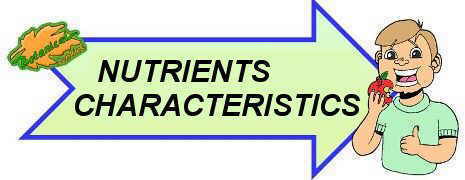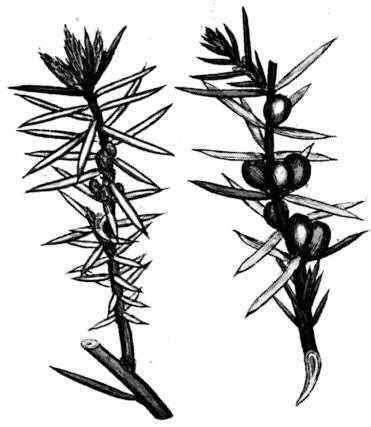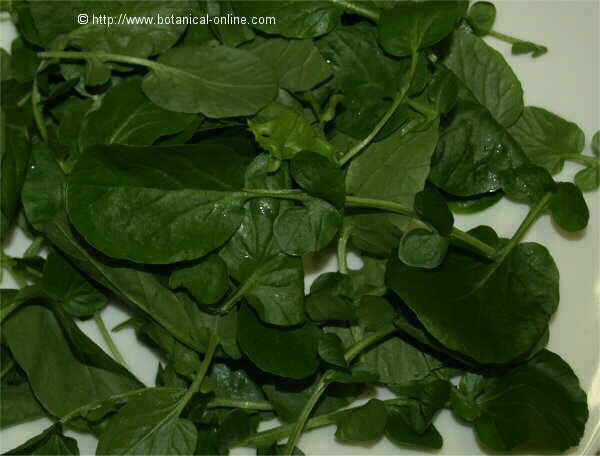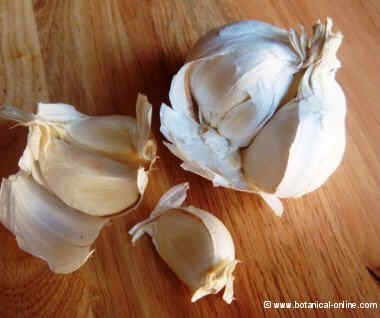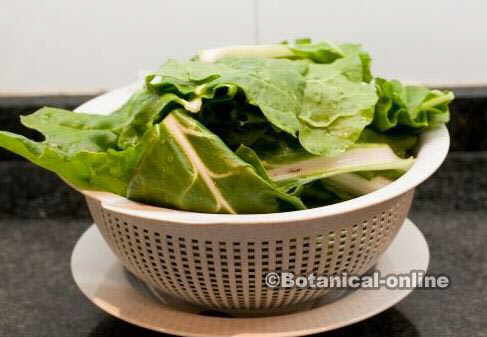Contents
- 1 Table of introduction of different foods to babies
- 1.1 How is the baby’s diet?
- 1.2 Advantages of breastfeeding
- 1.3 Advice on bottle or formula
- 1.4 Table of introduction of foods to prevent allergies
- 1.5 Supplementary feeding on demand (Baby-led weaning or BLW)
- 1.6 Tips for feeding baby and young children
- 1.7 Classic table of introduction of food to the baby
Table of introduction of different foods to babies
How is the baby’s diet?
For many years, pediatricians and dietitians-nutritionists have studied what type of diet is best for the baby and young children. One of the main points is the proven fact that breastfeeding, whenever possible, is the best option, surpassing any other commercial product.
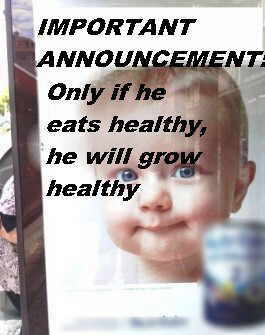 Advertising a formula milk, implying that it is the best option to feed the baby. Whenever possible, breastfeeding is better than any commercial product.
Advertising a formula milk, implying that it is the best option to feed the baby. Whenever possible, breastfeeding is better than any commercial product.
Advantages of breastfeeding
Among the advantages of breastfeeding, are the optimal nutrition of the child, and that the mother can pass defenses and healthy intestinal flora to the baby through breastfeeding, something that formula milk can not. In addition, many studies seem to indicate that breastfeeding protects against certain diseases such as obesity and diabetes.
When it is not possible or desirable to breastfeed the baby, formula milk is the second best option.
Advice on bottle or formula
Within formula milk or baby bottles, there are many different qualities on the market (cow’s milk, goat’s milk, soy milk, beta-palmitate, alpha-palmitate,…). It will always be very important and the advice of the specialist is recommended before buying any of these products.
Table of introduction of foods to prevent allergies
For many years it has been recommended to follow a table of introduction of foods to prevent allergies in babies. For example, until a few years ago, the introduction of cereals with gluten was made after 8 months because it was thought that introducing allergens at earlier ages increased the risk of allergy. Another example, it was believed that if the baby took peanuts when he was very young, he would be more likely to develop an allergy to this legume.
However, recent studies say that delaying the introduction of allergens, that is, introducing foods according to the table of food introduction, does not seem to reduce the risk of allergy.
Supplementary feeding on demand (Baby-led weaning or BLW)
In recent years it seems that many dietitians nutritionists specializing in child nutrition, and many pediatricians, advocate complementary food on demand or BLW (for its acronym in English, Baby-Led Weaning).
It consists in offering food to the baby from a very young age so that he can experiment with the food itself, put it in his mouth, see its texture, etc. For example, offer solid, semi-solid or soft foods instead of porridge and purées. Hard foods can cause choking (for example, fruit). In that case it is better to grate them or cut them into extremely thin cubes. It is not appropriate to give nuts and other foods that can cause choking.
This type of feeding can only be carried out as the baby’s motor skills advance and must be done in an appropriate way, always supervising the child and preventing him from consuming foods susceptible to choking.
Tips for feeding baby and young children
There are different approaches to how to introduce feeding to the baby, but in all cases a complete feeding must be achieved. In general, we give you some basic guidelines that we can follow:
- Exclusive breastfeeding is recommended up to the first 6 months of age, according to the latest WHO recommendations.
- Do not force the baby to take food. There is no need since milk (maternal or formula) is its main food and is sufficiently nutritious. Babies and young children do not have very high energy requirements, so do not force them to eat more than they should and respect their appetite. If they eat little, offer breast or bottle more often, but do not force. If they are not interested in food, keep insisting, also without forcing.
- Food that should NOT be given to the baby: you should not give products such as snacks and industrial biscuits, soft drinks, breakfast cereals, sugary foods, sausages, cold cuts, etc. Foods that are also not recommended in healthy diets for adults.
Classic table of introduction of food to the baby
Breastmilk or bottle milk should be the baby’s main food. The other foods are used to subsequently introduce a normal diet, but in no case are they given as the main source of energy. Therefore its ingestion must be less than milk.
Below is the classic table of introduction of food to the baby, made according to the recommendations to prevent allergies. Although there are points to be taken into account, we repeat that, as mentioned above, it has not been proven that introducing gluten or peanuts later reduces the risk of allergy.
In case of allergic parents or siblings of the baby, it is recommended to consult with a specialist in the matter to see if there are new investigations with conclusive results:
| CEREALS
|
* More information about Cereals for the baby. |
| FRUITS
|
|
| VEGETABLES
|
|
| OILS AND FATS
|
|
| EGGS
| – Eggs can be introduced at 9 months. – We will start giving half an egg yolk. – At 12 months we can also give the egg white. * More information about Eggs in the baby’s diet. |
| MEAT
| When the baby eats cereals, vegetables and fruits, he can start taking certain amounts of meat. This usually happens at 8 – 10 months.
|
| FISH AND SHELLFISH
| – Fish can be introduced at 10 months of age. Fish contains iodine, a very important mineral because it is part of the thyroid hormones, which regulate metabolism and growth. Iodine deficiency is related to mental retardation. – First the white fish will be given as monkfish or hake. Being slightly fatty, they digest better than blue fish. The amount needed for the baby can be about 30 grams. – We must be careful to remove the spines and make sure that the fish is in good condition. – At 15 months we can introduce the blue fish: sardines, mackerel, etc. Always removing the thorns. – Salty cod should not be given because of excess sodium. Nor are canned fish suitable. – Shellfish have a high risk of food allergy and will not be given until 2 years. |
| DAIRY PRODUCTS
|
* Expand information about Dairy products for the baby. |
| LEGUMES
|
|
| NUTS
|
|
| DRESSINGS, SALT, HONEY AND SUGAR
|
|
Characteristics of nutrients
Child feeding course index
![]() More information on nutrition.
More information on nutrition.












